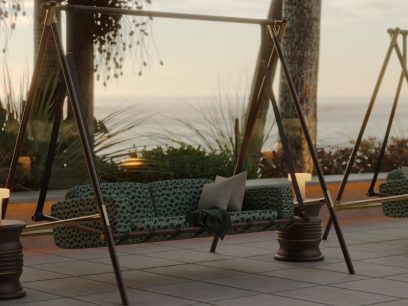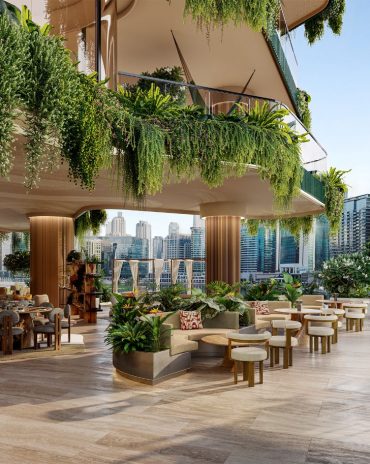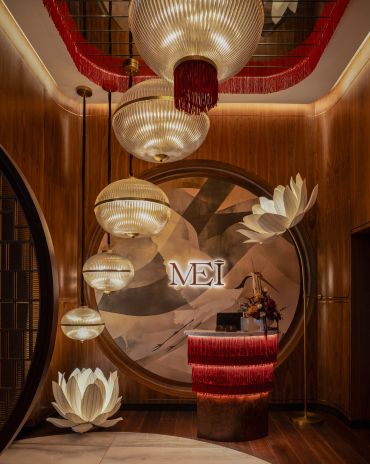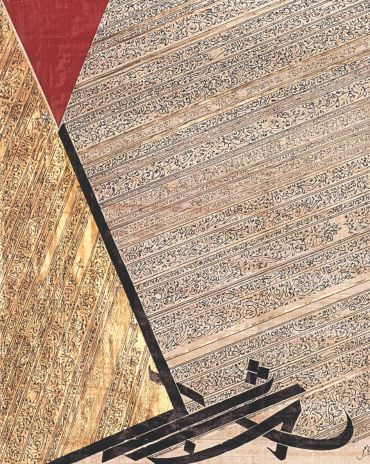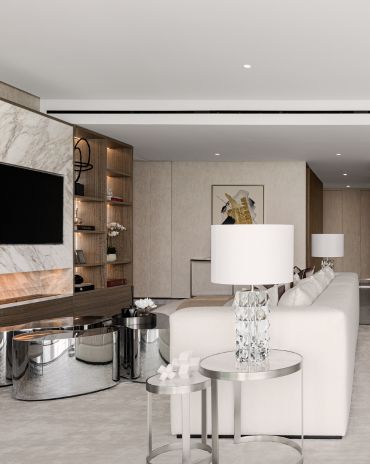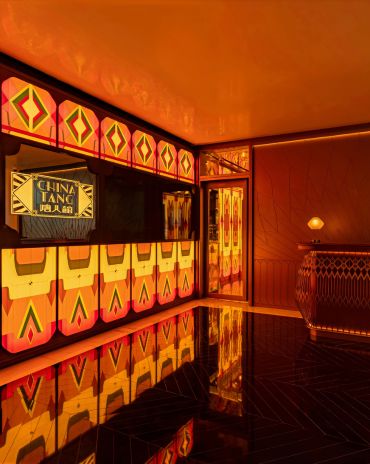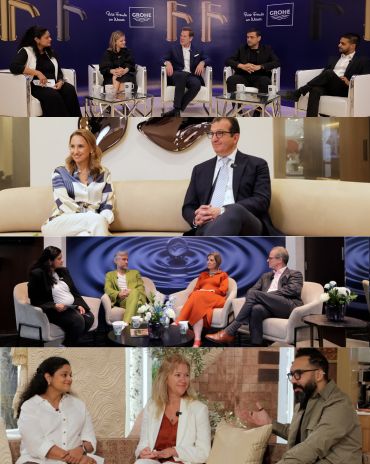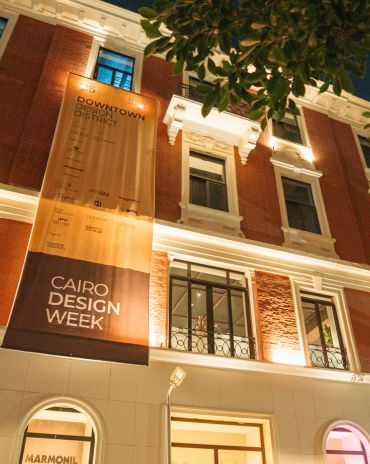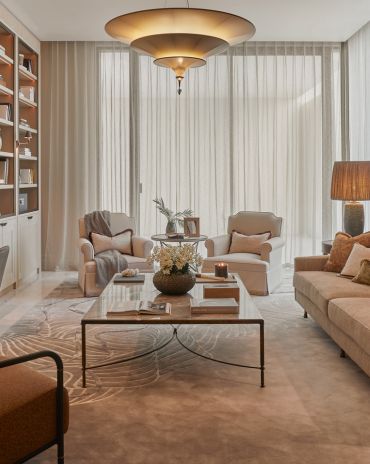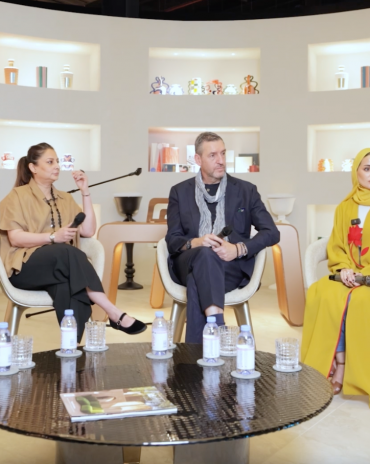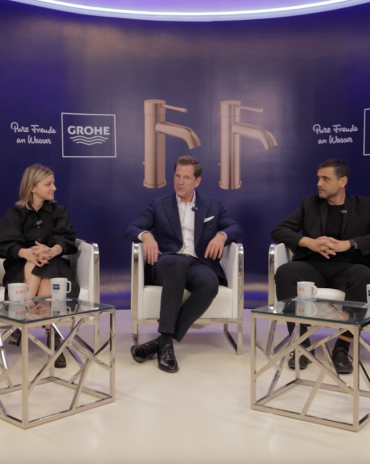Copyright © 2025 Motivate Media Group. All rights reserved.
Nostalgia-Core
The allure of retro revival in contemporary interiors – and why we seek the familiar in interiors.
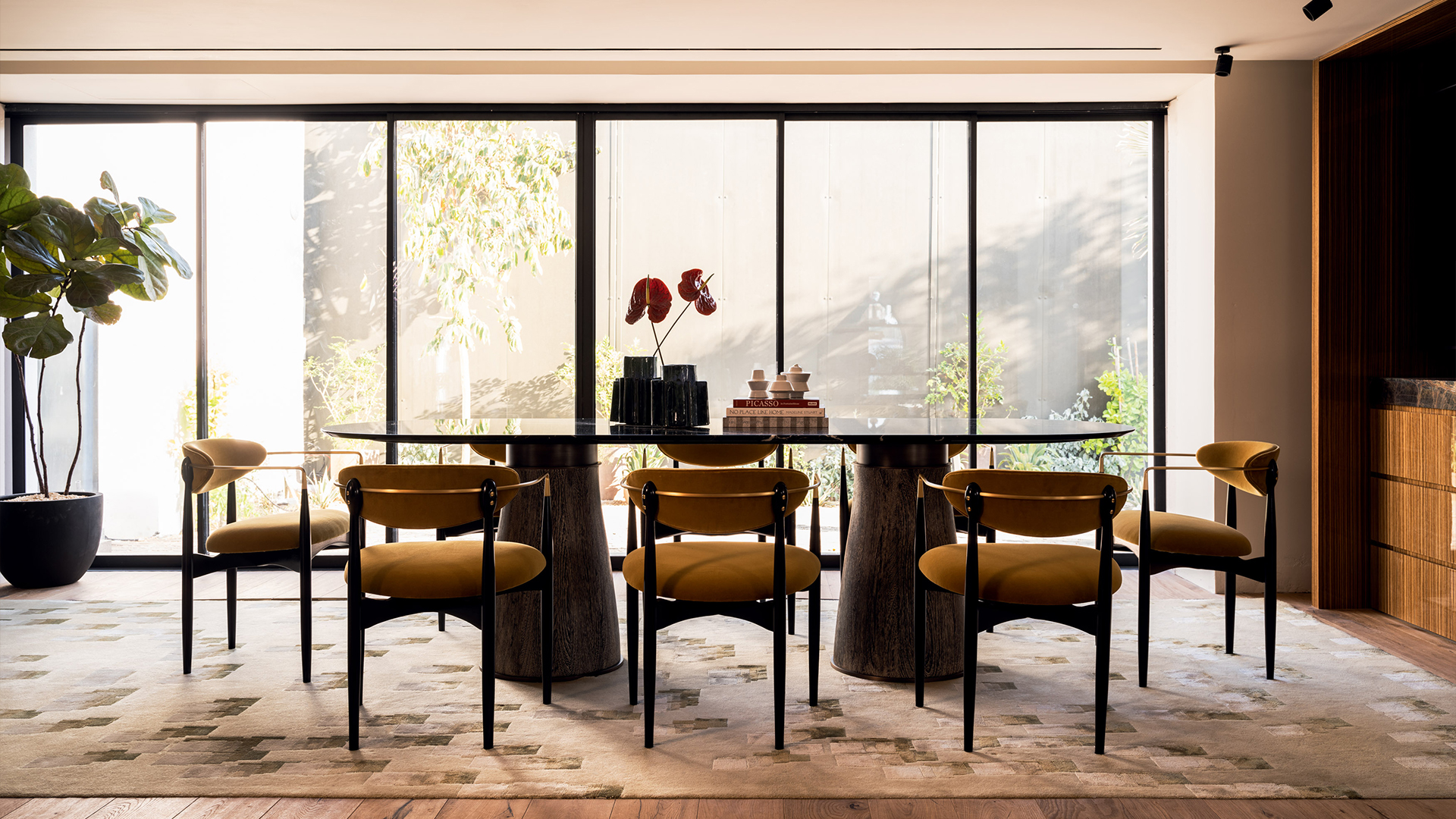
The resurgence of retro-style décor is in full swing, making waves across fashion, film and now, interiors. As we navigate an increasingly fast-paced, tech-forward world, many find solace in the familiar comforts of the past, even if it may just be a past that we have not lived.
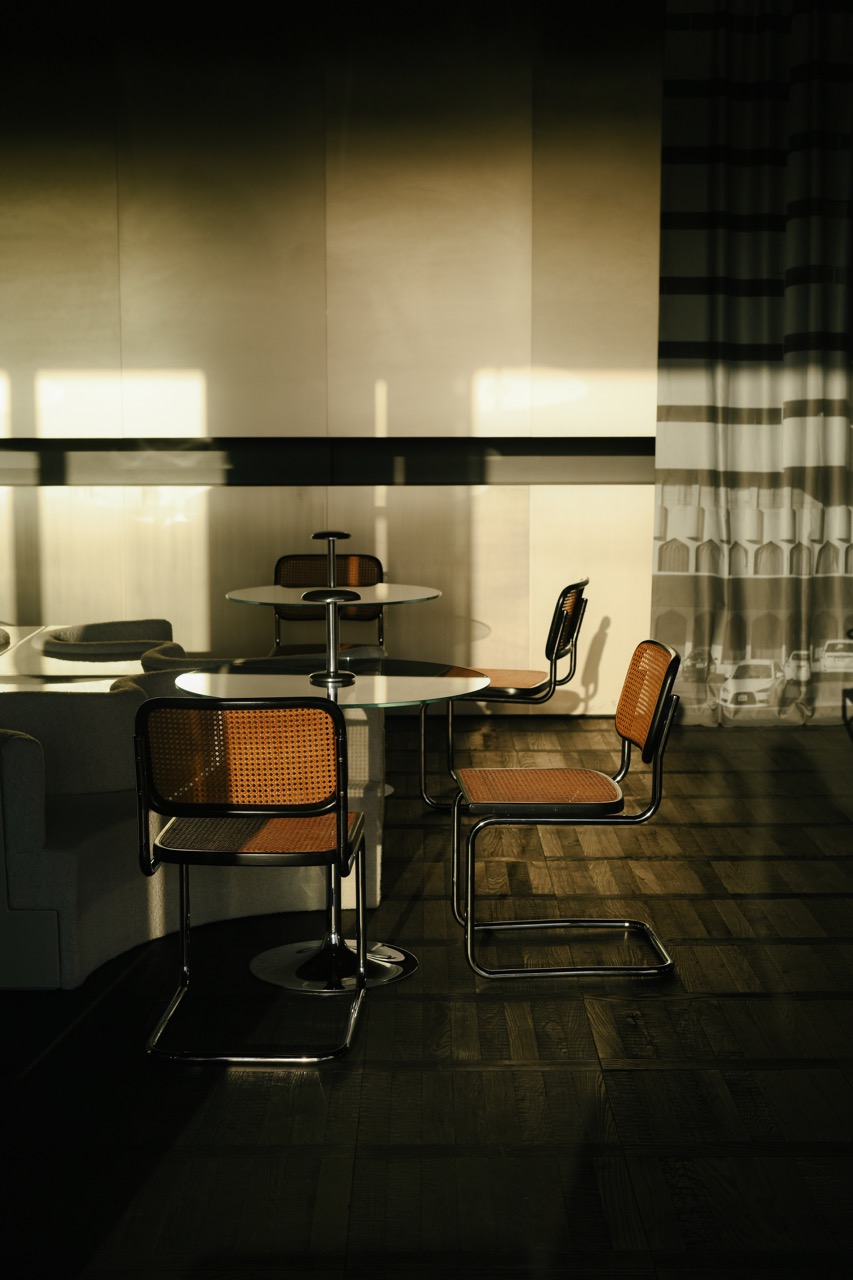
SOUB – a social club in Khawaneej designed by VSHD, carries elements of nostalgia, yet retaining a contemporary feel
“The designs from the 1970s and ‘80s offer a tactile, vibrant counterbalance to our screen-centric lives,” shares Professor Louise Valentine, Professor of Design and Head of School at the School of Textiles and Design at Heriot-Watt University Dubai. “In today’s world, where algorithms and standardised templates often shape trends, aesthetics and interactions, many designs and experiences share a unified aesthetic; they serve a purpose, but at what cost? This can lead to monotony or, in some cases, detachment, prompting people to seek individuality and warmth through retro interiors that feel more personal, tactile and unique.” From the bold patterns of the ‘70s to the eclectic charm of the ‘80s, this nostalgic trend is redefining contemporary living spaces. But what is it about retro design that continues to captivate us? “Nostalgic interiors evoke memories of simpler, more secure times, offering emotional solace amid today’s global uncertainties. Just as people turned to baking and gardening during the pandemic, retro designs provide a tangible connection to the past, creating grounded and reassuring spaces,” shares Valentine.
Bringing Nostalgia into Contemporary Design
Retro-inspired interiors are more than a visual homage to the past – they evoke a mood of warmth and familiarity. “Retro design is not just about adding a few vintage or retro-style furniture pieces; it’s about creating a nostalgic mood through a thoughtful combination of elements,” says Rania Hamed, Founder of VSHD Design. She explains that blending past and present requires attention to layout, lighting and colour palettes to create an atmosphere that feels both timeless and contemporary.
“Vibrant patterns, wood panelling, artistic lighting and geometric shapes are some of the key elements that define the retro aesthetic,” notes Rabah Saied, Founder of Styled Habitat. “This style brings a unique balance between nostalgia and sophistication, making it perfect for contemporary homes.”
In the Middle East, the trend holds special significance. “It allows designers to root their work in cultural history while blending it with contemporary aesthetics,” says Hamed. “There’s something deeply satisfying about connecting to the past while creating something new.” Saeid believes the resurgence is driven by a shift towards self-expression and mindfulness. “As people become more conscious of their personal spaces and their impact on wellbeing, there’s a growing trend towards curated homes that reflect personality and unique stories,” she says. She also credits the success of brands like Soho House for propagating this aesthetic. “Soho House interiors lean into retro and cultural elements, creating a sense of belonging that resonates with many. This has inspired clients to adopt similar aesthetics in their homes, blending nostalgia with contemporary sensibilities.”
“The ‘70s embodied organic warmth with earthy tones and natural materials, while the ‘80s brought flamboyance through neon accents and futuristic forms. These decades offer a perfect mix of playful yet functional aesthetics, making them versatile for modern reinterpretations,” shares Valentine. Incorporating retro-inspired pieces into contemporary interiors requires balance and intention. “Understanding the history of design is essential when sourcing pieces,” explains Hamed.
Saeid recommends starting with bold geometric patterns, vibrant hues like mustard yellow and burnt orange, and tactile fabrics. “Pair these with modern elements to maintain a cohesive, energetic vibe,” she advises. “Houseplants and nubby textures are also excellent additions for enhancing the retro feel while keeping it grounded in the present.”
The Rise of Collectible Design
The demand for collectible design has grown significantly, with clients seeking pieces that go beyond mere aesthetics. “Clients today are increasingly looking for unique, one-of-a-kind pieces that stand out for their distinctive design,” says Hamed. “For us, it’s equally important to educate clients about the story and history behind each piece. It’s this deeper understanding that enhances the design’s value and creates a meaningful connection between the client and the object.”
Saeid adds, “Art, photography, posters, record covers and artisanal pieces are highly sought after. These elements allow clients to personalise their interiors with stories and sentiment, creating spaces that feel both nostalgic and sophisticated.”
“The cyclical nature of trends and a desire for sustainability through vintage pieces make this revival particularly timely,” Valentine shares. “Modern reinterpretations of retro design adapt iconic elements to contemporary tastes, emphasising functionality, sustainability and subtlety.”
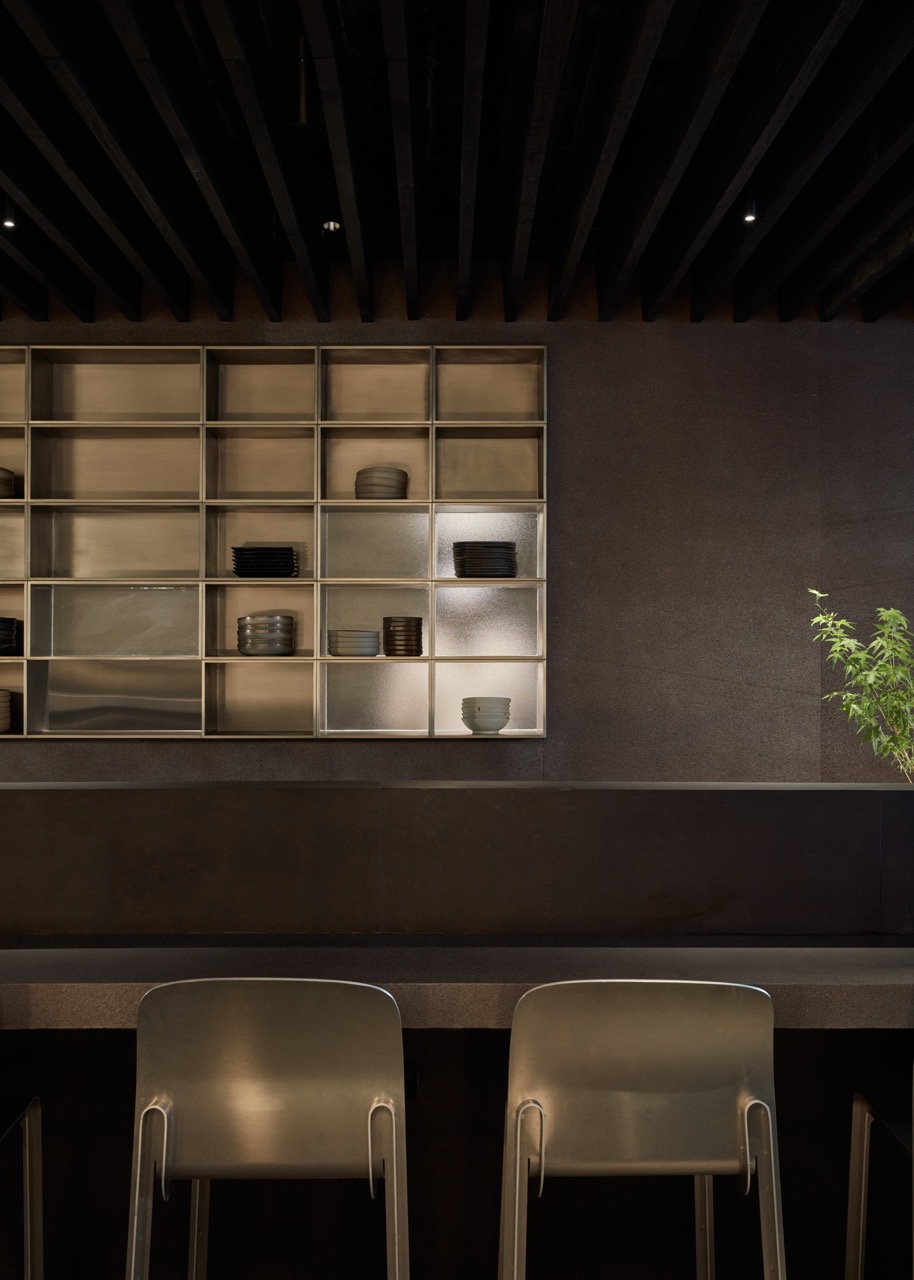
Origami in Jumeirah designed by VSHD
The Latest
How Eywa’s design execution is both challenging and exceptional
Mihir Sanganee, Chief Strategy Officer and Co-Founder at Designsmith shares the journey behind shaping the interior fitout of this regenerative design project
Design Take: MEI by 4SPACE
Where heritage meets modern design.
The Choreographer of Letters
Taking place at the Bassam Freiha Art Foundation until 25 January 2026, this landmark exhibition features Nja Mahdaoui, one of the most influential figures in Arab modern art
A Home Away from Home
This home, designed by Blush International at the Atlantis The Royal Residences, perfectly balances practicality and beauty
Design Take: China Tang Dubai
Heritage aesthetics redefined through scale, texture, and vision.
Dubai Design Week: A Retrospective
The identity team were actively involved in Dubai Design Week and Downtown Design, capturing collaborations and taking part in key dialogues with the industry. Here’s an overview.
Highlights of Cairo Design Week 2025
Art, architecture, and culture shaped up this year's Cairo Design Week.
A Modern Haven
Sophie Paterson Interiors brings a refined, contemporary sensibility to a family home in Oman, blending soft luxury with subtle nods to local heritage
Past Reveals Future
Maison&Objet Paris returns from 15 to 19 January 2026 under the banner of excellence and savoir-faire
Sensory Design
Designed by Wangan Studio, this avant-garde space, dedicated to care, feels like a contemporary art gallery
Winner’s Panel with IF Hub
identity gathered for a conversation on 'The Art of Design - Curation and Storytelling'.
Building Spaces That Endure
identity hosted a panel in collaboration with GROHE.

